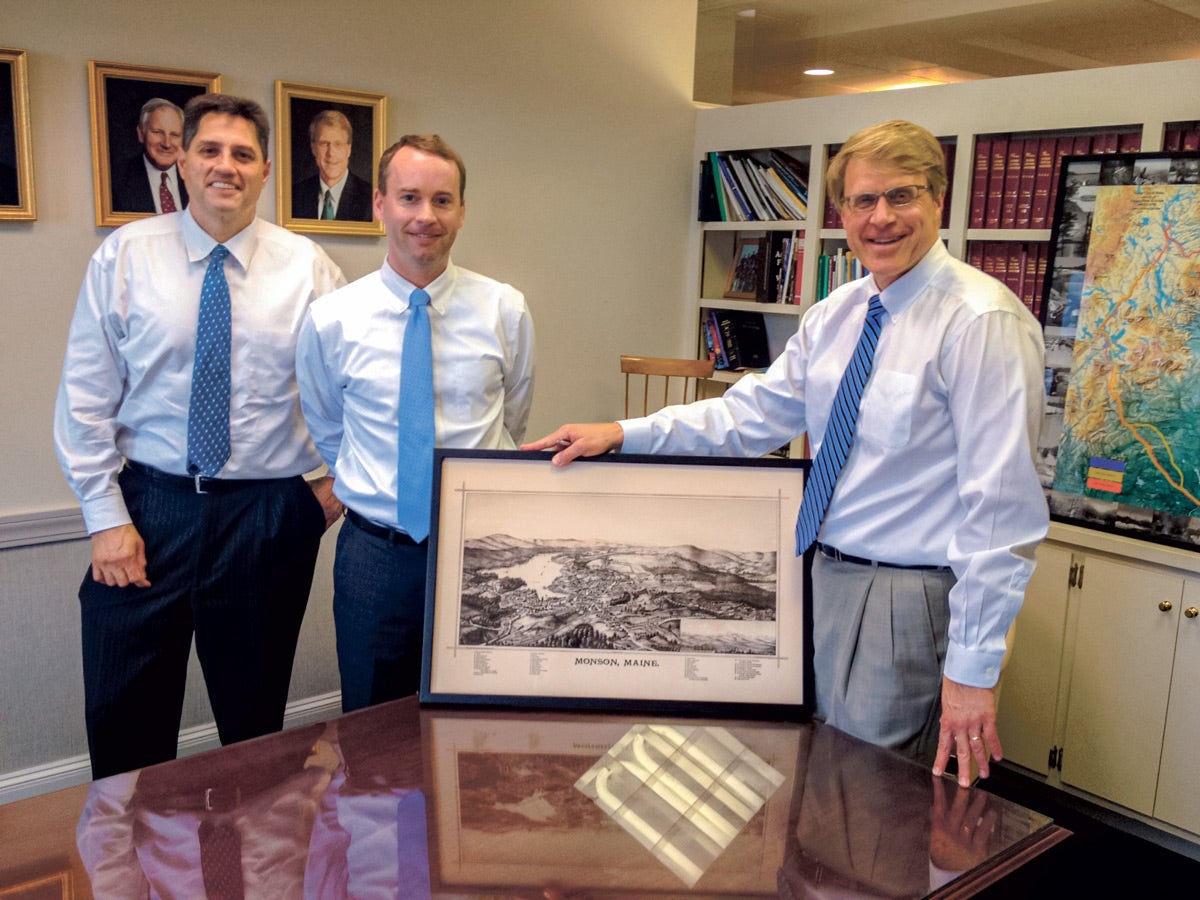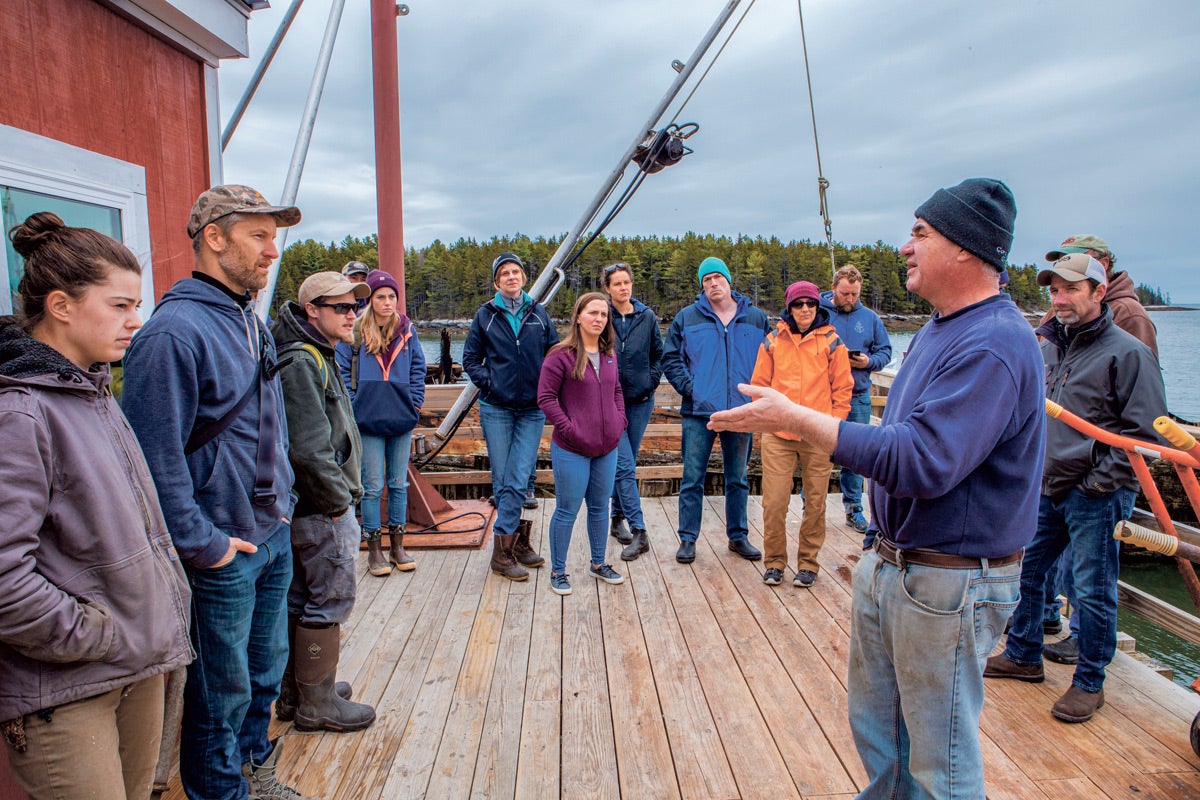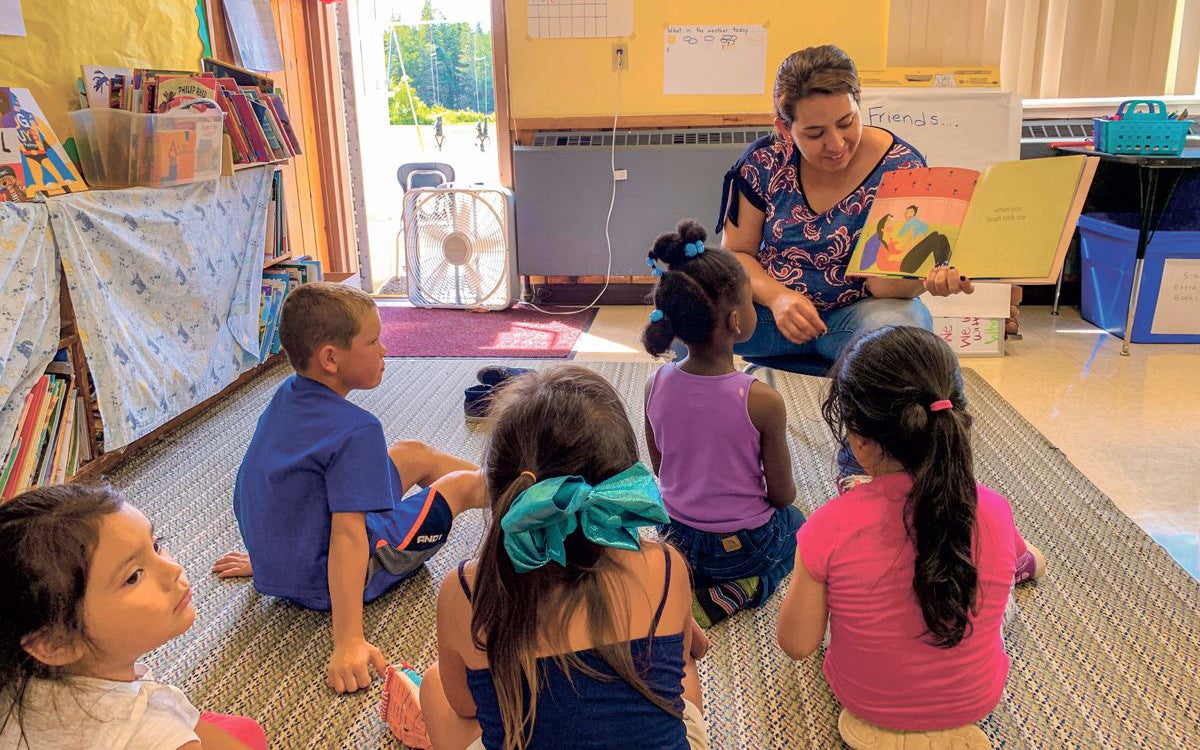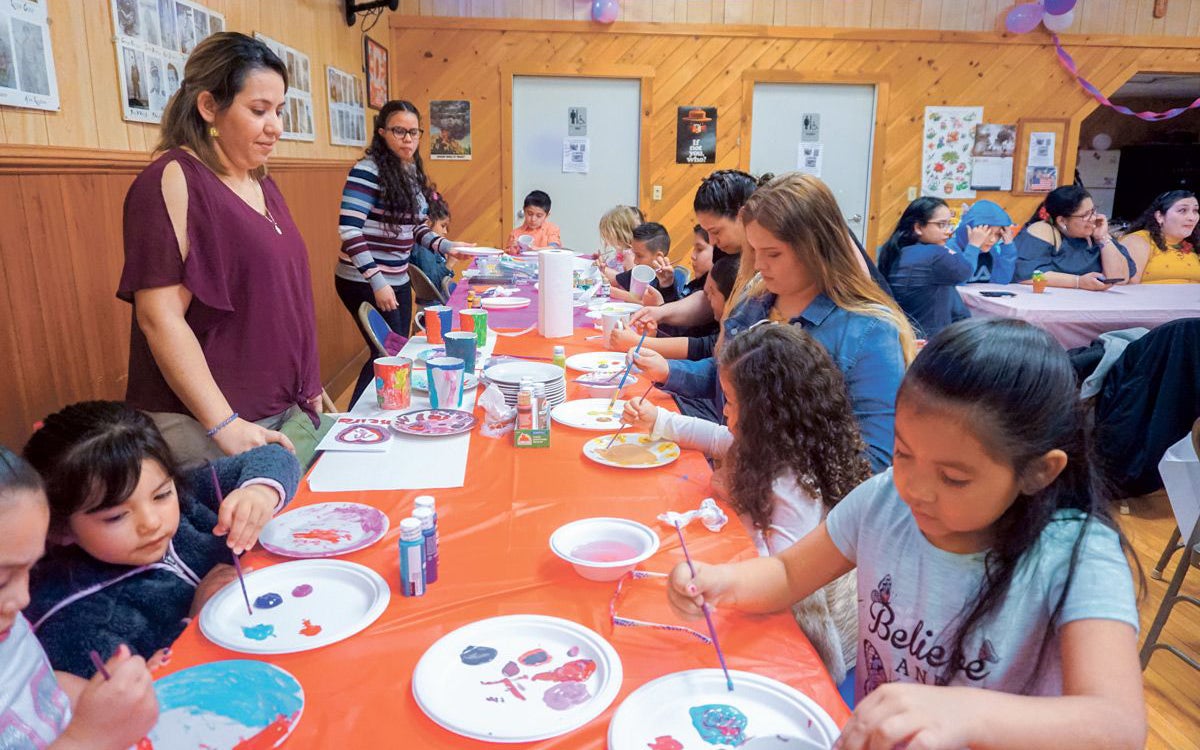Maintaining and growing local economies has become a major point of focus for Maine as its economy has shifted more toward tourism and the trend of young people moving out of state for jobs has continued. Climate change, the prominence of global supply chains, changes in manufacturing and the exportation of jobs to locales overseas have left many rural communities in Maine asking how they can thrive instead of disappearing.
Nonprofit organizations that focus on specific communities within Maine can foster economic development in regions where changing demographics and a lack of new job opportunities pose major challenges. Nonprofits that target very specific communities and seek to evolve rural ways of life in Maine are having success in both creating jobs for these communities and generating interest in Maine’s small towns. Mano en Mano in Washington County, the Libra Foundation in Piscataquis County and the Island Institute along the coast are all focusing on hyper-local economic development and strategic partnerships to attract interest, business and people to their respective areas, while honoring the history of each.
“It’s really a three-sector effort that can grow Maine’s communities and economies, especially outside Southern Maine in less populated areas of the state,” said Jennifer Hutchins, executive director for the Maine Association of Nonprofits. “We need business, government and nonprofits to work together to revitalize Maine’s rural communities with sustainable industries that can draw people to our small towns and rural areas.”
Mano en Mano engages Washington County’s migrant worker community
At a time when many small towns in Maine are seeing their population decrease significantly, the population of Milbridge has increased, as migrant farm workers, immigrant workers and other farm workers come to the area to work for the season — with some deciding to stay permanently.
A Milbridge-based nonprofit, Mano en Mano (Spanish for hand in hand), was founded in 2005 with a mission to help these immigrant workers and farmworkers and their families thrive in Maine.
Mano en Mano awards higher education scholarships and in partnership with the Maine Department of Education’s Maine Migrant Education Program operates its Blueberry Harvest summer school for migrant children between the ages of three and 16. The Blueberry Harvest school gives migrant children the opportunity to attend school during blueberry harvest season when they might otherwise miss school due to their parents’ or their own seasonal work.
By helping with social-emotional growth and by providing a welcoming and fun environment for kids to be in, we can set them up for success in school in the fall.
— Ian Yaffe, Mano en Mano
We try to provide students with a welcoming, academically rich and caring environment where they can focus on celebrating language, culture and identity, which are things that are often seen as deficits by the schools that they go to during the regular school year,” said Ian Yaffe, executive director for Mano en Mano. “By helping with social-emotional growth and by providing a welcoming and fun environment for kids to be in, we can set them up for success in school in the fall.”
The nonprofit operates a welcome and resource center and also provides local immigrant, farmworker and Latinx communities with support in accessing essential services such as medical care and housing. Finding affordable housing can be a major barrier for farmworkers who want to put down roots in the area. To answer this need, Mano en Mano built its Hand in Hand Apartments, which can house up to six families, in 2011 with the help of a USDA grant.
In most of Washington County and across large swaths of Maine, the rural population is about one third smaller than it was 100 years ago. Not so in Milbridge. Since the 1990s, Milbridge’s population has been growing and is projected to keep doing so in the future. According to Yaffe, the Latinx community and immigrants are playing a major role in the town’s growth. Today, about one third of the students at Milbridge Elementary School are Spanish-speakers, which represents a significant change.
“As folks are thinking about the future of Maine and in particular rural Maine, we would love to have them involved as allies in this work, and as we try to change the narrative that is being pushed at the national level about immigrants and people of color,” says Yaffe. “We know we are stronger together.”
Libra Foundation and the rebirth of Monson
Piscataquis County is the size of Connecticut and Rhode Island combined, but is the least populated county in Maine and one of the largest east of the Mississippi River. It has a population of 17,500 people, approximately six people per square mile. Until recently, the county had not been the recipient of any major charitable giving in recent years. That has certainly changed. In the last three years, thanks to grants from the Libra Foundation, the town has undergone some major changes that aim to help revitalize the area and make it a destination for hikers, wilderness adventurers and artists.

Like many rural towns in Maine, the town’s population has decreased by about 50% over the last 100 years. According to the 2010 census, its population is 686. In 2017, the Portland-based Libra Foundation began buying buildings in the downtown Monson area in a $10 million effort to build an arts community there. With the help of regional partners, the foundation has helped transform the town’s downtown with the creation of the Monson Arts Center, which includes artist studio spaces and hosts workshops and artist residencies. Monson Arts offered 10 four-week residencies this year to writers and visual artists from all over the country and world, as well as multi-day workshops with local artists.
“What’s really been fantastic is that there’s a tremendous amount of local, sophisticated talent in the arts in and around Monson — artists like painter Alan Bray, photographer Todd Watts and potter Jemma Gascoine,” said Craig Denekas, CEO for the Libra Foundation. “It’s been nice to provide some exposure to the great talent that is already in the area while building Monson’s reputation as a place for artists.”
Libra Foundation is helping Monson build a new community center, which is slated to open this autumn, and was instrumental in the re-opening of Monson’s 100 year-old general store as a Pineland Farms store two years ago. The foundation currently is working with Northern Light Hospital and Community Dental to open a new dental and medical center in Monson and, in the nearby town of Dover-Foxcroft, is partnering with Foxcroft Academy on the construction of a new $5 million ice arena. The Libra Foundation’s investments in the region are meant to attract visitors and create greater economic opportunities for the area.
“We recognize that the Libra Foundation’s efforts are only one small piece of a larger puzzle. The hope is that Monson Arts, the ice arena and other projects will draw people to Monson and help them discover that the natural beauty and opportunities there for hiking, biking and other outdoor activities are second to none,” said Denekas. “We look at it as trying to create a spark where there is already some good, dry tinder.”
The Island Institute: Helping Maine’s coastal communities adapt and survive

The Island Institute was founded in 1983 to address the needs of and provide support to the people living on Maine’s year-round islands. Since its initial founding, the nonprofit has expanded its mission to include island and coastal communities — in Maine and around the United States. In 2018, the Island Institute worked in 120 coastal and island communities in Maine. Much of the institute’s work and training concerns climate change and what steps communities can take to deal with sea level rise, warming temperatures, ocean acidification and other shifting environmental conditions — as well as the economic effects of global warming.
Though its focus is on very specific types of communities, the programs provided by the instituted are many and comprehensive. With an annual operating budget of $7 million and 50 employees, the Island Institute has three major areas of focus: strengthening community economies, education and leadership, and sharing solutions. The institute’s programs provide small business training and support, aquaculture business development, high-speed broadband access, professional development programs, scholarships and support for coastal students, workforce development, fellowships and more.
There are a lot of amazing things happening on the coast of Maine.
— Karen Burns, Island Institute
“The area of work that we’ve really focused on in the last six years is how to share the solutions that small coastal communities are developing with other communities,” said Karen Burns, chief talent officer for the Island Institute. “There are a lot of amazing things happening on the coast of Maine that the rest of the world can learn a lot from. And there are also amazing things happening on little islands in the Great Lakes or off the coast of North Carolina that Mainers can learn a lot from.”
With this goal in mind, the Island Institute has created a What Works Solution Library, a digital library that includes case studies and practical information for addressing the specific challenges that rural and coastal communities face. Drawing on its more than thirty years of experience in supporting coastal communities, the institute is able to share its work and the approaches that have worked in Maine with towns and cities all over the world via the digital library.
Continuous communication with members of these coastal communities drives the Island Institute’s programs and areas of focus. In recent listening sessions with coastal communities in Maine, the institute heard from participants that many are worried about economic dependence on a single species fishery, the American lobster. Another sentiment the institute heard in their listening sessions is that coastal communities need strong schools and strong leadership to survive. The Island Institute sees diversification of the economies of these coastal communities, workforce development and educational support as pathways to sustainability and resiliency.
“We are going to continue listening to people living in coastal communities and help them build capacity to achieve their goals faster and more efficiently,” said Burns. “There are a lot of innovative solutions coming out of coastal communities. The people who live there are collaborating with one another and creating a model for sustainability that can be used across larger populations.”




